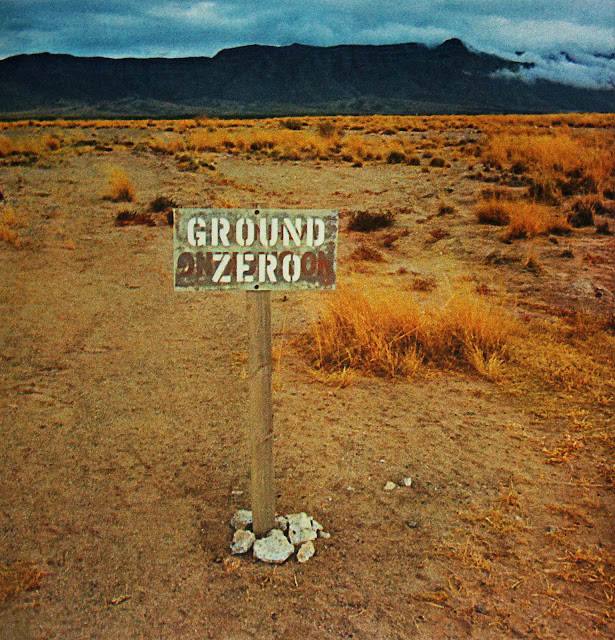Shierry Weber
Nicholsen, The Love of Nature and the End of the World: The Unspoken
Dimensions of Environmental Concern
(MIT Press, 2002)
Those concerned and
alarmed by the biospheric meltdown need to understand the obstacles that are
blocking effective responses. These obstacles are mainly of two kinds: social
and psychological. The unsustainable logic of accumulation that drives our
contemporary capitalist society is also driving the biospheric crisis. But to
change this logic would be to change the form of society itself. To do that, we
would have to overcome formidable processes of social reproduction, including
the addictive enjoyments of commodified life and the coercive enforcements of
war machines and state terror.
The psychological
blockages are no less formidable. To respond effectively to catastrophic
ecocide, we would first need to bring it fully to awareness and attention. The
extent of the damage being done is staggering and the implications are
intimidating. We would need to acknowledge the destructiveness of our current
way of life and our own deep implication in the global social process. Such
awareness is painful and distressing. The feelings of fear, anxiety and guilt
it may arouse are so threatening, in fact, that they provoke all our psychic
defenses: we avoid this awareness by repressing and disavowing it, or by
projecting it outward in the form of more violence or self-violence.









